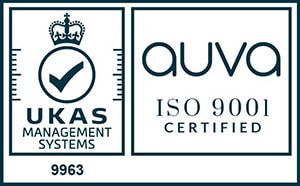Frozen condensate pipes: the 2020 return
Remember last year’s Beast from the East and how frozen condensate pipes were one of the biggest headaches for you, us and our customers? Well, the Beast is returning with a vengeance. Climate experts have said that January and February 2020 could be among the coldest for decades, so get ready for more boiler shutdowns as those condensate pipes freeze.
But, as we know what’s coming, we asked David Stanley, our Technical Operations Manager to run through what action you can take now to avoid problems in the New Year. Where appropriate, advice should be given on how to thaw out frozen condensate pipes to resolve the problem, but prevention is better than cure. If you’re about to install a new boiler please note:
- The condensate pipe (which must be plastic to avoid corrosion from the slightly acidic condensate) should be a minimum 22mm in diameter direct from the boiler and run internally where possible in accordance with current guidelines.
- If you run externally condensate pipes they should be 32mm before it passes through the wall and run for no longer than 3 meters, or those going through unheated buildings like garages, should be increased to 32mm diameter to reduce the chance of the condensate freezing and must be insulated with O class insulation.
- The condensate pipe must take the most direct route having as few bends as possible preventing the condensate from getting trapped in the pipe.
I think we all know that when temperatures are consistently below freezing point, as in 2018, water will freeze and there’s very little we can do about it.






